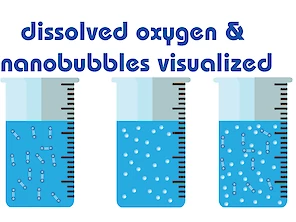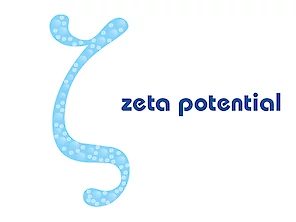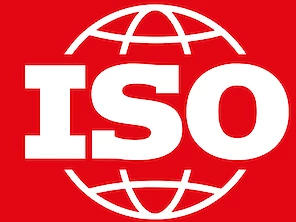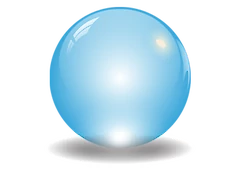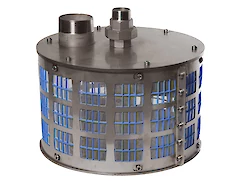Links
4 Links to other pages: industry
Advanced Ozone Water Sensor EL-610 series based on UV absorption technology
Discover Acniti’s advanced hydrogen peroxide water monitor, expertly designed for precise H₂O₂ concentration measurement in water. Using cutting-edge UV absorption technology, it ensures highly reliable, stable, and continuous results for water treatment, food processing, pharmaceuticals, and industrial control. Whether for low or high concentrations, this monitor keeps your processes safe, efficient, and compliant. Read more to explore its features and benefits.
Discover the advanced Underwater Oxidant Meter designed for fast, accurate measurement of oxidants like chlorine and ozone in salt or brackish water—without the need for reagents. Its innovative self-cleaning and three-electrode technology ensure highly reliable performance, even in challenging marine environments. Learn how this rugged, easy-to-maintain instrument sets a new standard for water quality monitoring in industrial, environmental, and research applications.
